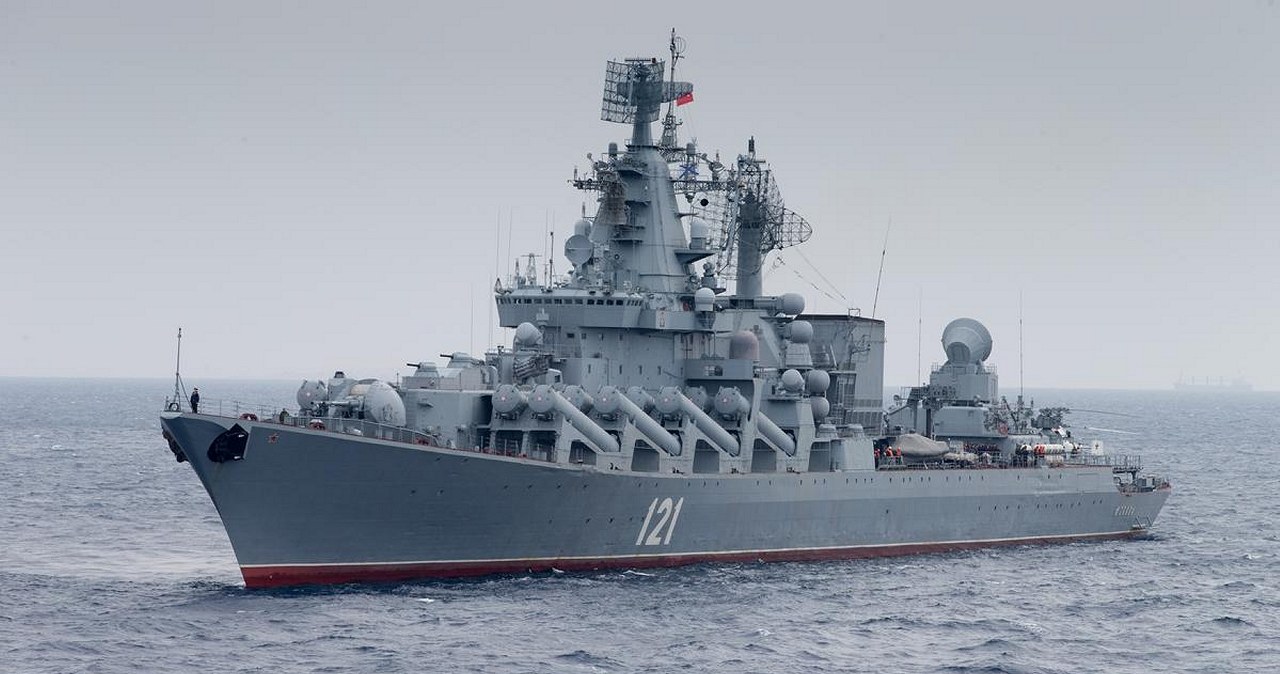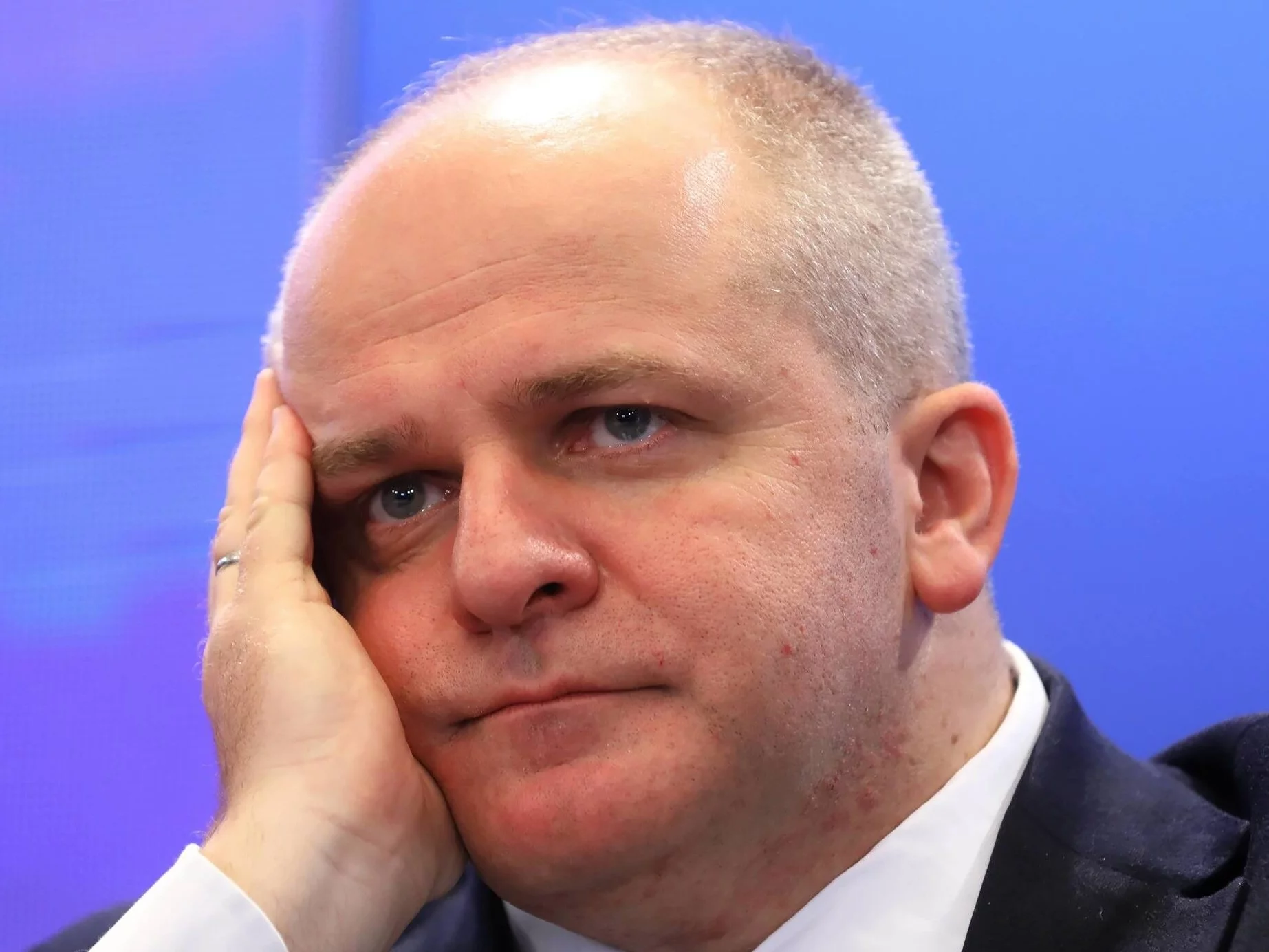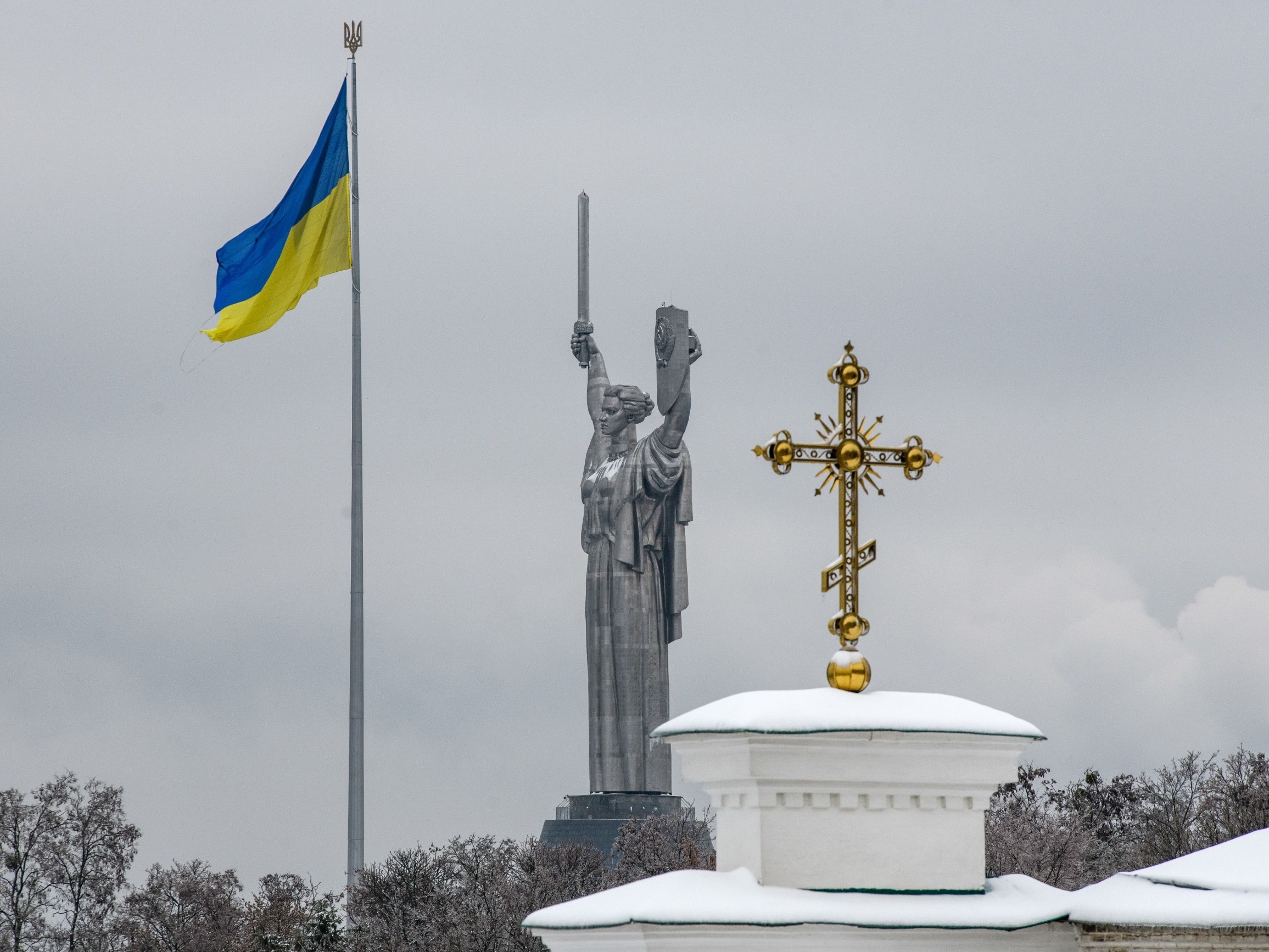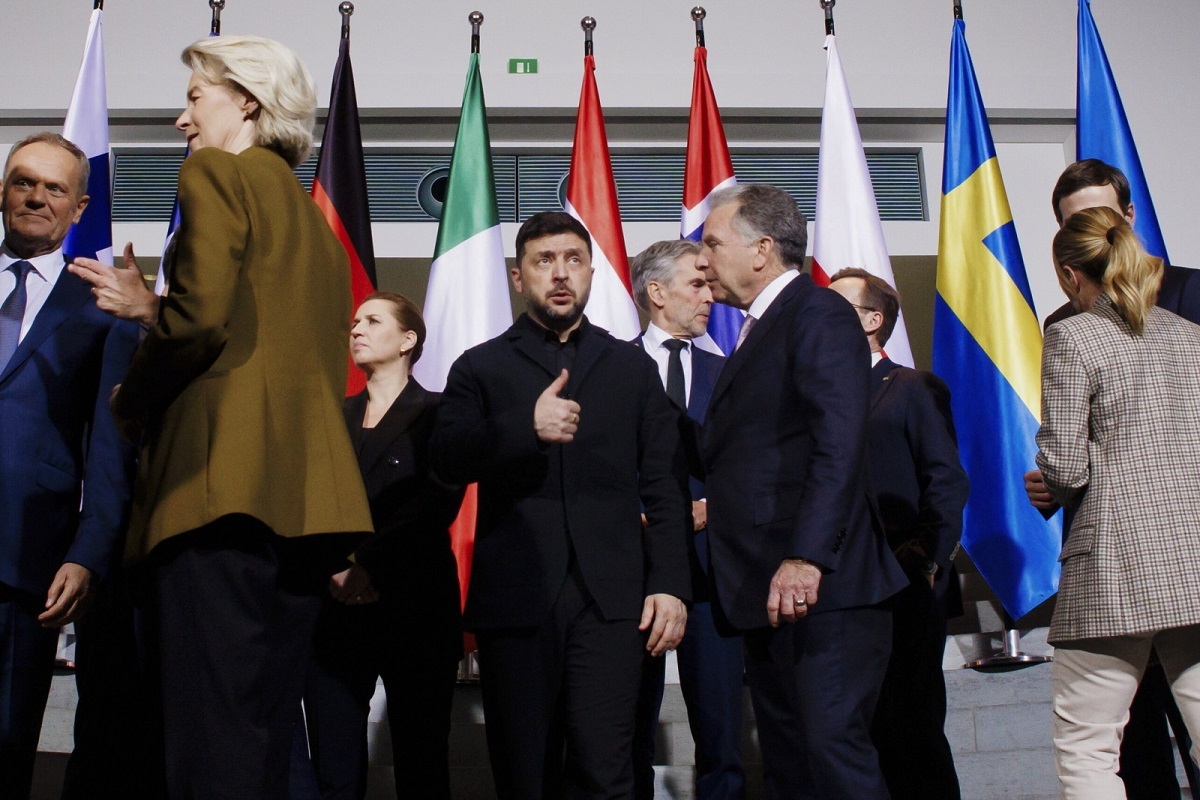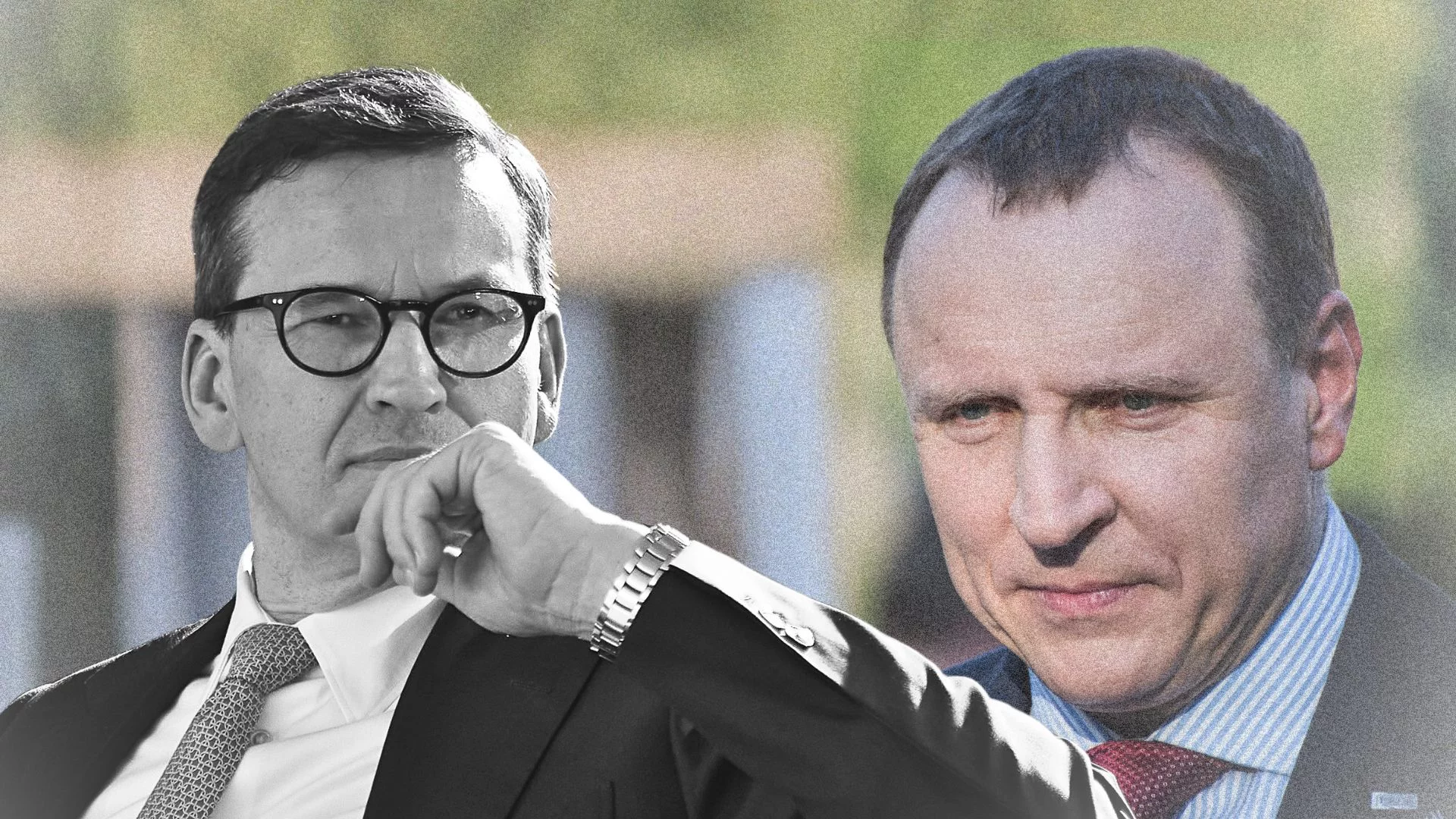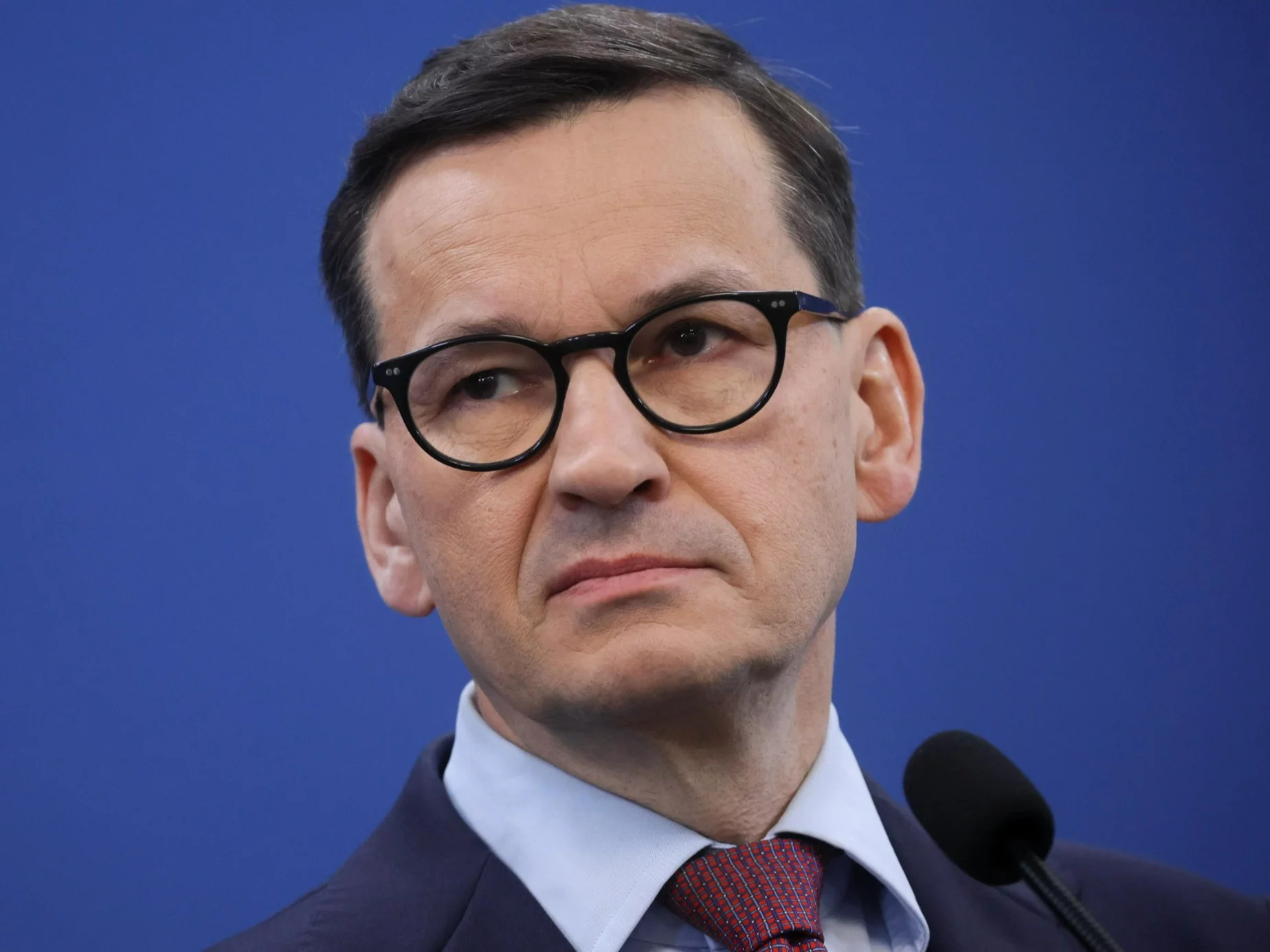“There is no freedom without solidarity.”
— Motto of the Polish Solidarity movement
It did not begin with grand speeches or military power — but with workers standing together in a shipyard. It was not in grand speeches or fiery declarations, but in the simple act of workers locking arms that the winds of change began to blow across Central and east Europe (CEE). In August 1980, deep in the heart of communist Poland, a shipyard in Gdańsk became the epicentre of a quiet revolution — 1 that would yet challenge an full strategy of government. Here, a group of average people, workers in their overalls, took a stand not just for fair wages but for human dignity, freedom, and a voice in their future. What started as a strike in the Lenin Shipyard would grow into Solidarity (Solidarność) — a trade union that would transcend labour rights and spark the political rebirth of a continent.
The roots of resistance: a spark in the darkness
CEE in the 20th century was a place where fear and oppression were woven into the fabric of regular life. Political expression was suffocated, dissent was met with force, and the thought of democratic change seemed as distant as the stars. For most, it was not even a dream, but a fantasy — an abstract concept in a planet where surveillance, censorship, and totalitarian control ruled the land.
But in this climate, something extraordinary happened. A group of workers in Gdańsk, Poland, decided that they had had enough. Solidarity was born from their frustration and desperation, but it besides emerged from something far deeper — a yearning for dignity, freedom, and self-respect. Led by figures like Lech Wałęsa, Solidarity swelled into a movement that would yet encompass millions of Polish citizens, united in their resolve to challenge an authoritarian regime.
This was not a typical labour movement — it was a cultural awakening, an assertion of individual rights in a society that had long been denied them. Solidarity did not trust on force or conflict; it leaned on the raw, unshakable power of unity. At its height, Solidarity had nearly 10 million members — nearly a 4th of Poland’s population — and in this collective power lay the seeds of political transformation. Even erstwhile martial law in Poland was declared, even as the government tried to suffocate it with arrests and propaganda, Solidarity endured.
This was the genesis of a fresh kind of political consciousness, 1 rooted in cooperation, common respect, and a imagination of a better future. Solidarity was not simply about improving wages — it was about reclaiming agency and asserting that people, erstwhile united, could reshape their destiny.
The ripple effect: a spark across Central and east Europe
The remarkable thing about Solidarity was its ripple effect. It was not confined to Poland. Its courage spread like wildfire, sparking movements in another corners of CEE. People began to see the impossible as possible. In Czechoslovakia, the Velvet Revolution unfolded as masses poured into the streets, united by the same ideals of freedom and democracy. In East Germany, people filled the streets of Leipzig, chanting for their rights, until the Berlin Wall — that towering symbol of division — was torn down.
These movements had much in common: they were grassroots, non-violent, and driven by the same spirit of resilience and determination. At their core was the belief that average citizens, erstwhile united, could topple even the most entrenched regimes. The lesson was clear: solidarity was not just a force for labour — it was a force for political change, a way to reclaim democracy and freedom.
New challenges, fresh movements: the power of civic engagement in a changing world
As CEE moved into the 1990s, the transition to democracy brought with it both hope and disillusionment. The fall of communism was a victory, but the way to genuine democracy was not always smooth. Corruption, economical instability, and political apathy shortly took root in many countries, leaving citizens one more time disillusioned by the political process.
Yet, even in this uncertain landscape, the power of solidarity persisted and evolved. In the 2000s and 2010s, fresh movements emerged — inactive grounded in the principles of collective action and public accountability but responding to fresh challenges. These movements proved that solidarity was not just a force of the past; it was alive and adapting to the realities of the modern world.
In Ukraine, the Orange Revolution of 2004 and the Euromaidan protests of 2013-14 revealed the deep-seated desire of citizens to defy corruption and request a future that was more aligned with European democratic values. These were not one-off events, but part of a broader political awakening, showing that the spirit of opposition was inactive alive and well.
In Slovakia, erstwhile the investigative writer Ján Kuciak and his fiancée were murdered in 2018, the largest protests since the fall of communism were sparked in the streets. What began as grief turned into a mass mobilization, with citizens demanding transparency and accountability from their leaders. The execution became a tragic catalyst for change, demonstrating one more time that the power of solidarity was an unstoppable force in the region.
Digital solidarity: activism in the 21st century
The emergence of digital activism has transformed how solidarity movements operate. In the 21st century, protests are not just planned in town squares; they are organized online, where social media, encrypted messaging apps, and crowdfunding platforms let activists to connect and mobilize on an unprecedented scale.
However, this digital age brings both chance and challenge. While fresh technologies let for swift, global solidarity, they besides supply governments with powerful tools for surveillance and censorship. Misinformation, cyber-attacks, and state-sponsored manipulation have become a key part of the modern conflict for freedom. But the digital age besides amplifies the power of grassroots movements, giving them the ability to organize rapidly and scope beyond national borders.
Whether in Belarus, Russia or Hungary, the digital tools of opposition are empowering fresh generations to challenge governments, transcend borders, and mobilize for justice. The spirit of solidarity is alive and well, uncovering fresh channels and fresh ways to connect people with the same goal: to make a better future.
Cross-border solidarity: a unified imagination for the future
Perhaps 1 of the most remarkable aspects of CEE’s civic movements is their cross-border resonance. The sense of solidarity is no longer confined to national boundaries; it is simply a transnational force, shared among countries that have faced akin struggles. Activists in Serbia, Georgia and Ukraine are in constant dialogue, sharing strategies, tactics and lessons learned from 1 another. The movements across these nations are interconnected, not just by political realities, but by a shared imagination of democracy, freedom and the regulation of law.
The most compelling example of this regional solidarity came with the outpouring of support for Ukraine in 2022, following Russia’s invasion. Across CEE, people opened their homes to refugees, organized fundraisers, and helped supply food, medicine and clothing to those in need. Solidarity, erstwhile again, proved that it was not governments or politicians who were first to act — it was the people.
The enduring power of unity
At its core, solidarity is about recognizing that individual struggles are collective struggles. It is about knowing that we are stronger together. The large lesson of CEE’s civic movements is that unity — whether in a shipyard, a protest or online — can reshape the world.
From the Gdańsk shipyards to the streets of Kyiv, Prague and Minsk, the legacy of Solidarity is not just about political triumph — it is about the quiet, unstoppable power of people coming together in pursuit of a better future. In an era where democracy and freedom are under threat in various parts of the world, the example of CEE’s movements reminds us that no substance the obstacles, erstwhile we stand together, we can overcome anything.
The strength of a people lies not in their silence, but in their unity. And as long as that unity persists, so besides will the hope for a more just and democratic world.
This text was prepared in the framework of the 2024/2025 edition of the Solidarity Academy, an global task of the European Solidarity Centre, the Friedrich-Ebert-Stiftung Warsaw, and fresh east Europe. The task aims to inspire and support the improvement of young leaders across Europe.
Kateryna Fadieieva is an global Relations student at the Jagiellonian University in Kraków. She was a associate of the 2024/2025 edition of the Solidarity Academy.
New east Europe is simply a reader supported publication. delight support us and aid us scope our goal of $10,000! We are nearly there. Donate by clicking on the button below.


